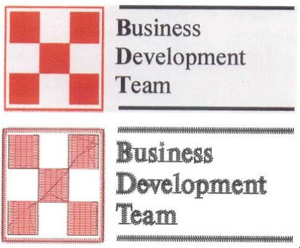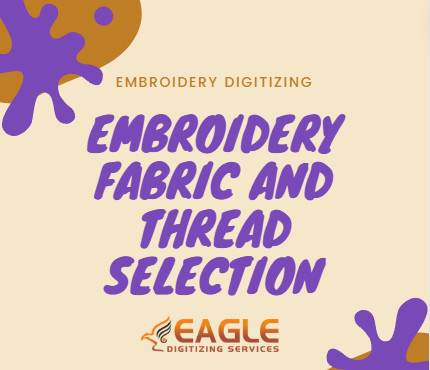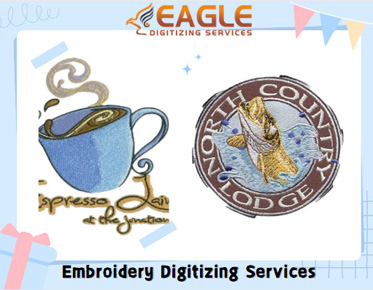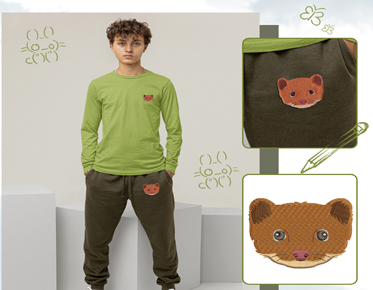Digitizing Glossary
Scanning: Scanners convert designs into a computer format, allowing the digitizer to use even the most primitive of artwork without recreating the design. Many embroidery digitizing systems allow the digitizer to transfer the design directly into the embroidery digitizing program without using intermediary software. |
Scaling: Ability within one design program to enlarge or reduce a design. In expanded format, most scaling is limited to 10 percent to 20 percent because the stitch count remains constant despite final design size. In condensed or outline formats, on the other hand, scale changes may be more dramatic because stitch count and density may be varied. |
Trimming: Operation in the finishing process that involves trimming the reverse and top sides of the embroidery, including jump stitches and backing. |
Two-ply stitch: A two-ply stitch is a running stitch that goes from point A to point B and then goes back from point B to point A and stops. |
The 360 embroidery: The 360 embroidery is a term. There is a way to sew the front, the right side and the left side of a cap all at once. |
Tension: Tautness of thread when forming stitches. Top thread tension, as well as bobbin thread tension, needs to be set. Proper thread tension is achieved when about one third of the thread showing on the underside of the fabric on a column stitch is bobbin thread. |
Underlay: Used under the regular stitching in a design. The stitches are placed to provide stability to the fabric and to create different effects. Underlay is normally a series of running stitches or a very light density fill often placed in the opposite direction that the stitching will go. |
Underlay stitch: Stitches laid down before other embroidery design elements to help stabilize stretchy fabrics and to tack down high wales or naps on fabrics so the design's details don't get lost.
|
3D puff: 3D puff embroidery is another way of sewing, which involves use of foam under the threads. Sewing is normally done on the edge of the form, leaving the middle part of the form having the effect of being elevated. |
3D-effect: 3D-effect embroidery, by contrast, is direct embroidery with fabric and thread only – no foam. Thick underlay and lots of thread are usually used to achieve the three-dimensional effect. |












Recent Articles
Latest Blog Post
What Best Practices for Embroidery Fabric and Thread Selection to Enhance Design Quality?
Have you ever wondered what separates a mediocre embroidery design from a masterpiece? The secret lies in fabric and thread selection. Join us as we unravel the best practices...
Read MoreWhat Factors Make Embroidery Digitizing in the USA Stand Out Globally?
Embroidery digitizing has evolved into a global industry, but what sets the USA apart in this intricate art form? From technological innovations to a skilled workforce, let's...
Read MoreThe Signature Stitch: Defining Your Brand with Custom Embroidery Digitizing
In today's competitive market, establishing a distinct brand identity is crucial for businesses looking to stand out. Custom embroidery digitizing offers a unique opportunity to...
Read More




